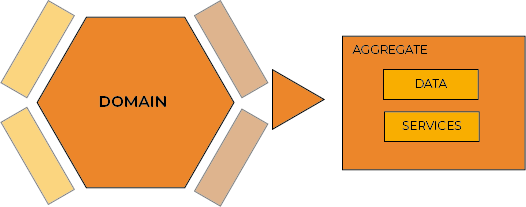Presentation
The Hexagonal Architecture also known as “Ports and Adapters Pattern” has a very tricky name, that’s because it does not refer to a particular layout or scaffolding that we have to follow for our code. Its name came from a visual reminder for what a port is indeed, since the first computers came with several ports to connect with other devices. These ports had a shape like a Hexagon, if you use a little imagination and be accomplice with the author.
Here is a Serial Port and a VGA Port
























